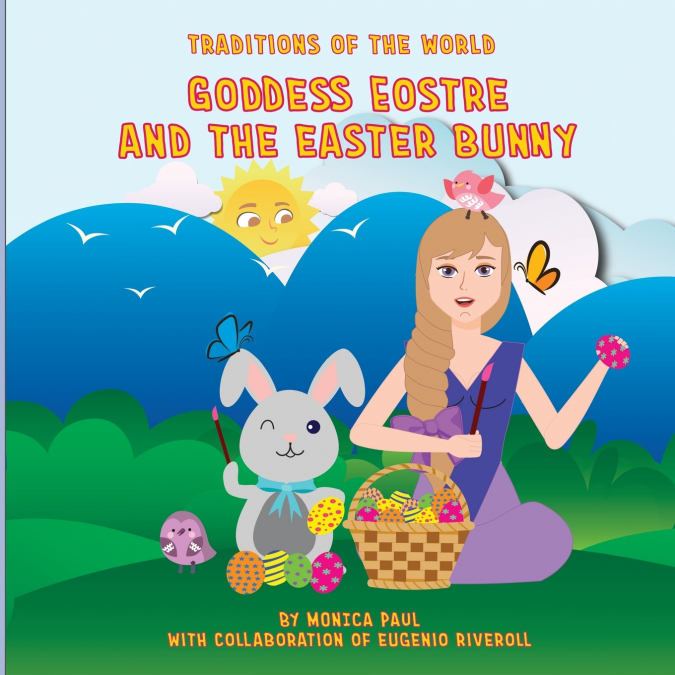
Monica Paul
Bring your children to learn the charming legend of the Easter Bunny. Doty will accompany you, and Martin, the virtual reality robot, will tell the story.The modern Easter Bunny and the tradition of decorated eggs have origins that are often linked, particularly in popular folklore and Neopagan traditions, to the Anglo-Saxon goddess Eostre (or Ostara in related Germanic traditions). While the direct historical line isn’t perfectly clear and is debated by scholars, the legend provides a fascinating glimpse into influences on Easter customs.Eostre was considered the Goddess of Spring. According to Anglo-Saxon myths and legends, the beginning of spring, or 'Eosturmonath,' was named after Eostre. This is also the origin of Easter in the modern world.The popular legend is a charming story about Eostre, the goddess associated with dawn, spring, fertility, and renewal. She is late to begin the spring, and a bird with frozen wings is looking for her. So, she turns the bird into an egg-laying hare.Eostre becomes jealous of the hare making friends and turns him into the Lepus Constellation. Eostre then forgives him and allows him to provide colorful eggs for the spring celebrations every year.This charming story has turned into a tradition and seems to be more folklore than documented ancient myth; it serves as a popular way to explain the potential connections between ancient springtime reverence for nature’s renewal (personified by figures like Eostre) and the beloved symbols of our modern Easter celebration - the bunny and the eggs, both representing the enduring theme of new life.The Legend of Eostre and the Easter Bunny holds symbols powerfully involved with life themes:Eostre: Represents dawn, light overcoming darkness, and the resurgence of life after winter.Hares/Rabbits: These animals are well-known symbols of fertility and prolific new life due to their rapid breeding cycles, especially noticeable in springtime. Eggs: Almost universal symbols of potential, birth, and new beginnings. Decorating eggs is an ancient practice found in many cultures.Enjoy this charming story with your kids, and decorate as many eggs as possible!